VectorHack 2018 Review
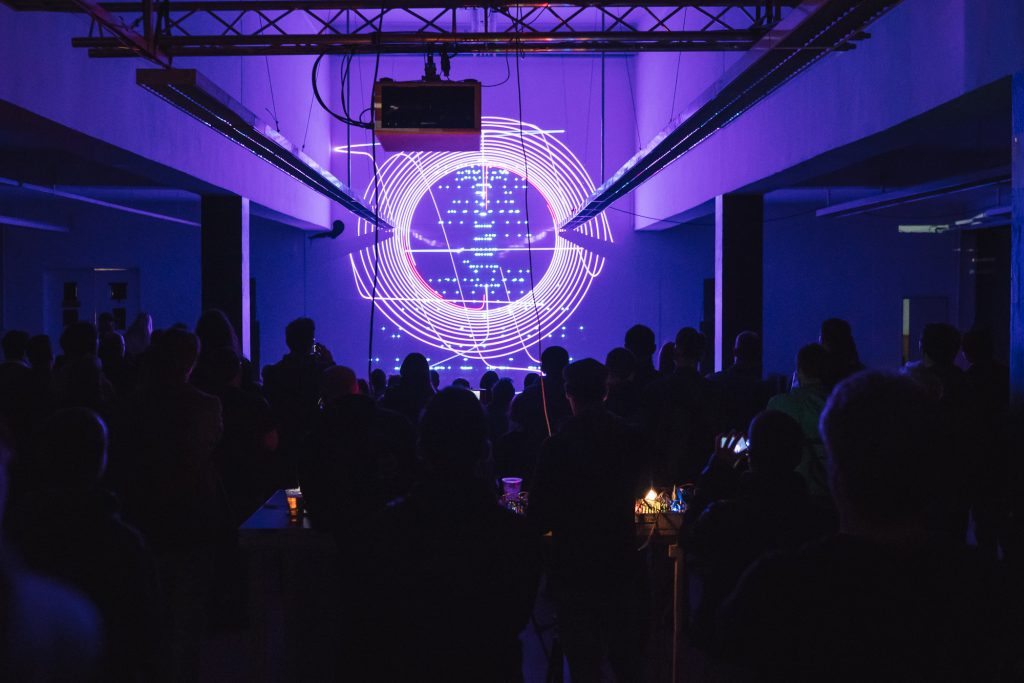
My personal and academic research into experimental vector graphics systems culminated in the most significant event of my entire year, the Vector Hack Festival in October 2018. This festival sprung out of discussions Ivan Marušić Klif initiated with me in July 2017, when we both made the first public releases of our Pure Data and Max/MSP code libraries for displaying vector imagery on the oscilloscope using audio signals. Klif and I envisioned the event as a forum where artists creating experimental audio-visual work for oscilloscopes, vector monitors, and laser displays could share ideas, develop their work together, and form an actual community from the disparate artists working in this field, who otherwise only knew each other through the online world. We also curated a public program of open workshops and talks aimed at allowing young artists and a wider audience to learn more both about creating their own vector-based audiovisual works, and about the scientific and artistic history of these techniques from the 1950’s onward, as well as organizing a rich performance program which demonstrated a diverse range of techniques and artistic approaches in action.
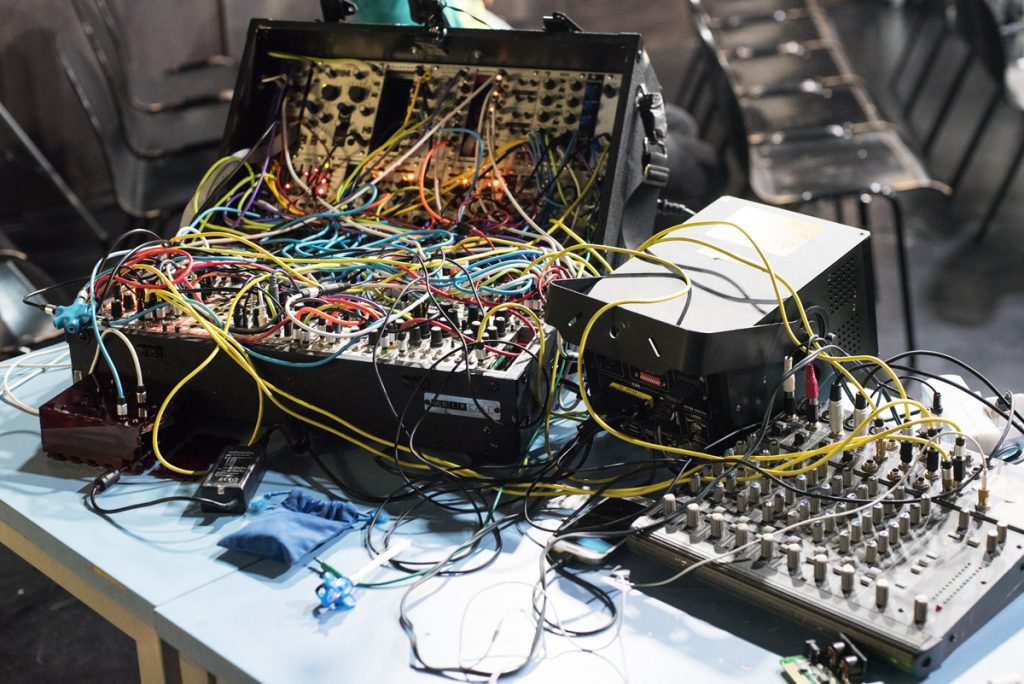
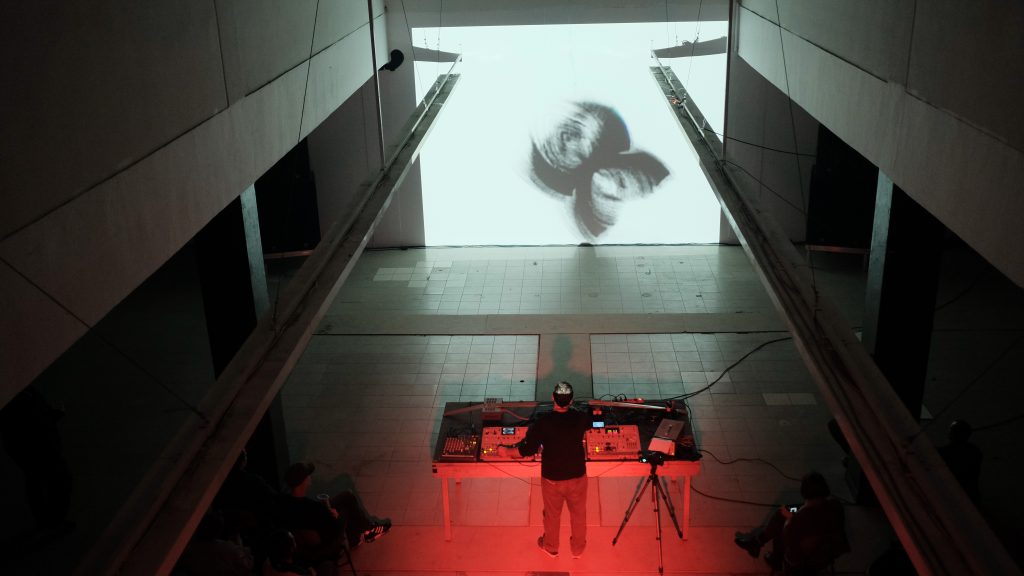
In total, we gathered a group of twenty-three participants, all working as researchers, teachers, developers, and performers in the field of experimental vector visuals, from across the EU, the USA, and Canada. The program was held between two very different locations in two different cities. The first half of the festival in Zagreb, with talks and performances oriented towards a larger public audience, was held in a large hall of the Nikola Tesla Technical Museum from the 2nd to 4th of October. We found it especially significant that this museum was also the site of the fifth and final New Tendencies/Nova Tendencije exhibition in 1973, which had focused on “Constructive Visual Research, Computer Visual Research, [and] Conceptual Art”. There, the keynote and subsequent presentations were very well attended by audiences of between 30-60 people each evening, while the biggest performance night featuring Robert Henke and Bernhard Rasinger drew approximately 300 people. In Ljubljana, the Osmo/za venue was significantly smaller and therefore the program focused more on discussion between the event participants alongside the evening performances from the 5th to the 7th of October. The event was organized locally by Ivan Marušić Klif, the Radiona.org Zagreb Makerspace, the Ljudmila Art and Science Laboratory, and Zavod Projekt Atol. Curatorial duties were shared between myself and Klif, with assistance kindly given by Chris King of the Video Circuits group.

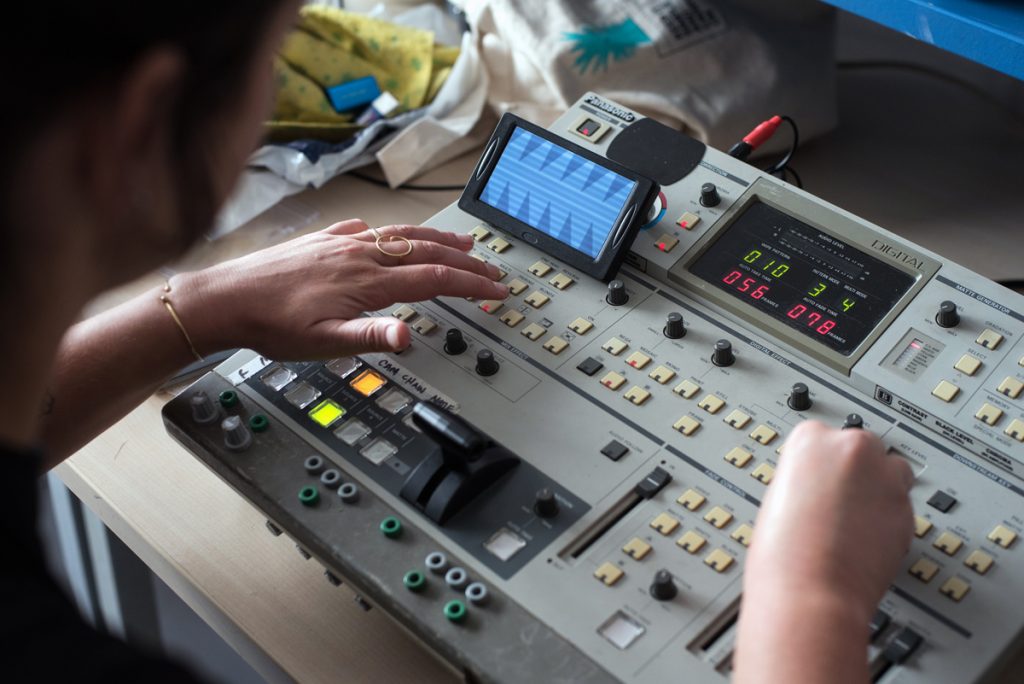
One of the highest priorities of the program was given to the sharing of technical know-how with a general audience in both a discursive and a participatory manner. In both cities, Jonas Bers and Philip Baljeu each gave practical electronics workshops focused on building the CHA/V (a “Cheap Hacky Audio/Visual” synthesizer based on the deliberate misuse of a Chinese VGA test pattern generator) and the OGA (“Oscilloscope Graphic Artist”, a circuit developed by technology writer Mitchell Waite and published in Popular Electronics magazine in 1980). Hansi Raber and Jerobeam Fenderson also each gave presentations on different aspects of their OsciStudio software, which may be the most well-known of the ‘oscilloscope music’ platforms, with Raber focusing on the freshly-implemented live coding functions of the application and Fenderson covering its artistic and performative use with a strong nod towards the computer gaming and demo scene.
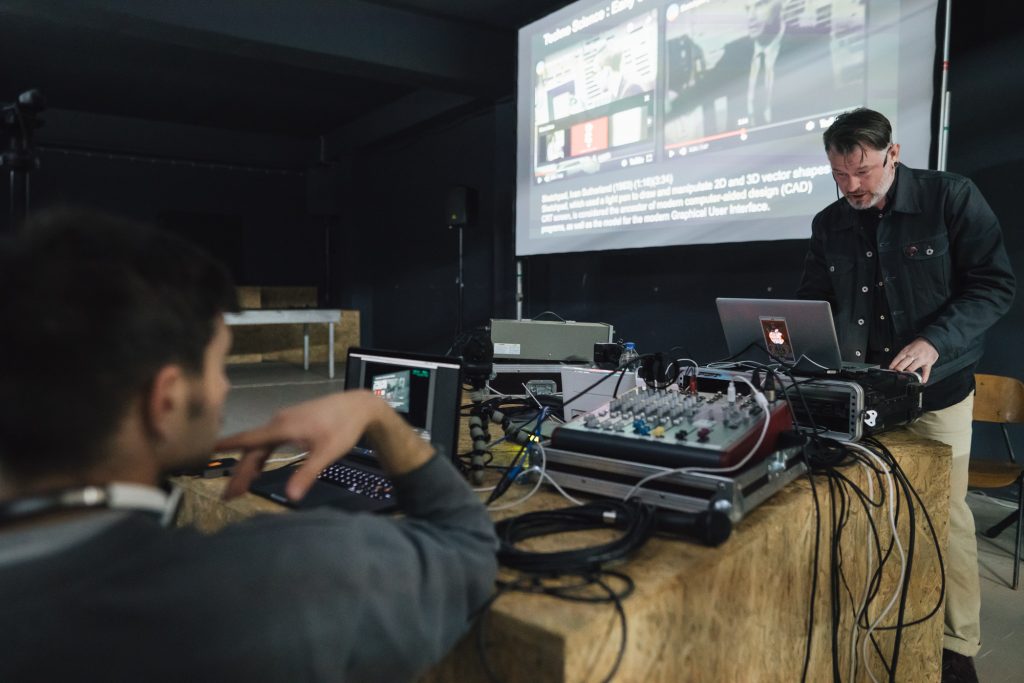
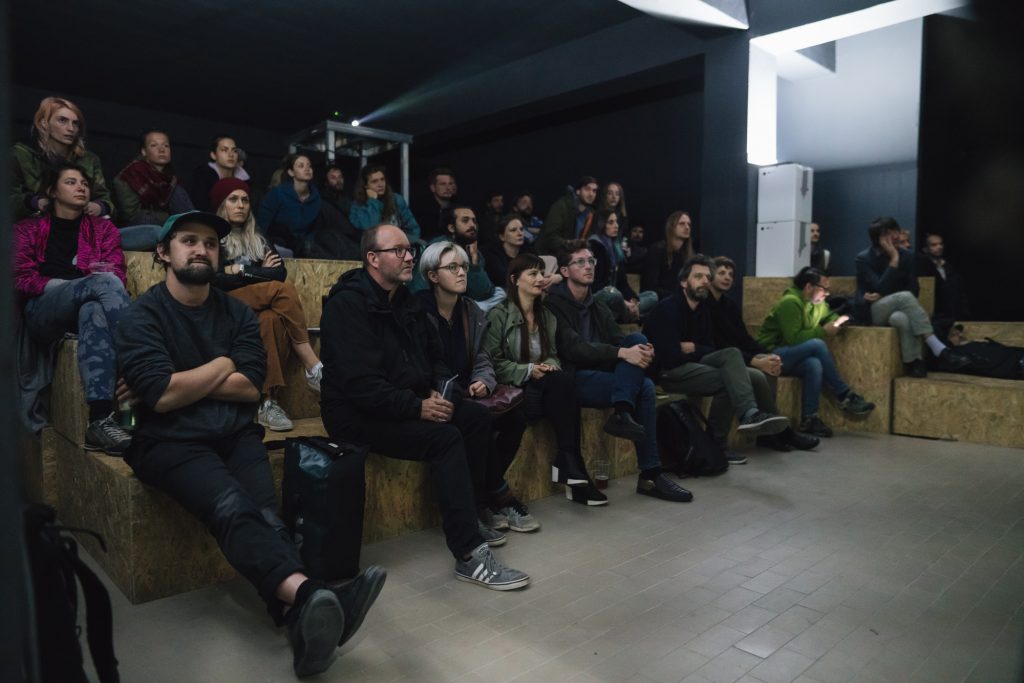
The three other major coding platforms for audiovisual vectors, Pure Data, Max/MSP, and Processing, were demonstrated by my own Vector Synthesis library and Douglas Nunn’s additional Pd research, Ivan Marušić Klif’s REWereHere patch, and Ted Davis’ XYscope library respectively. Equally important hardware approaches were elaborated by Andrew Duff and Bernhard Rasinger’s discussions of analog modular synthesis for the Vectrex and ILDA laser display, Roland Lioni’s (aka “akirasrebirth”) examples using the Axoloti microcontroller DSP board, Joost Rekveld’s self-built analog computers for the generation of vector-based HD video, and Baljeu and Bers’ presentations of their own oscillographic and scan processing systems inspired by the Rutt-Etra video synthesizer from the 1970’s and Mitchell Waite’s circuits from the 1980’s. Finally, Robert Henke gave an extensive tour through the progressive iterations of his monumental Lumiere performance, along with details of the laser controlling software and hardware necessary to execute them.
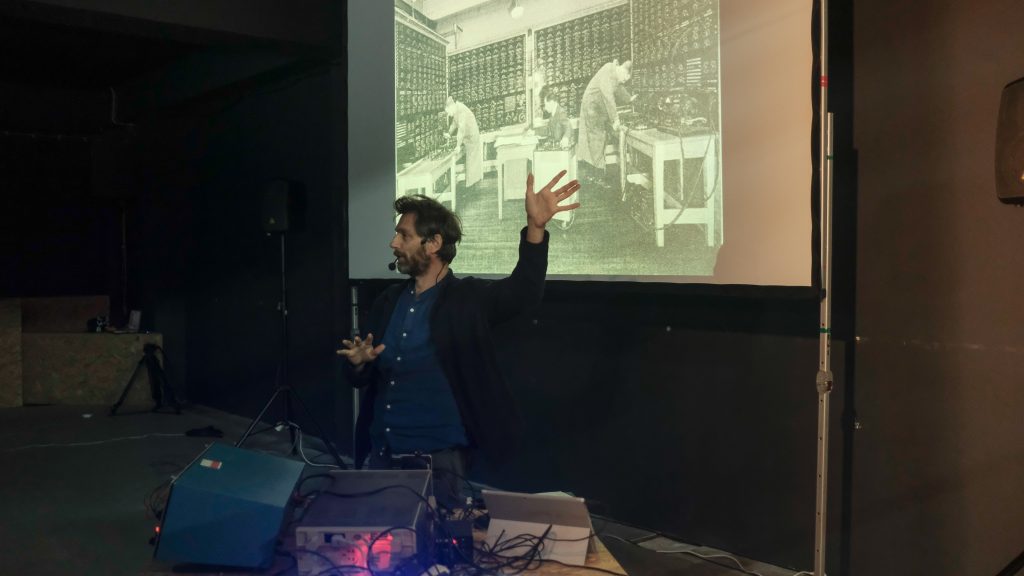
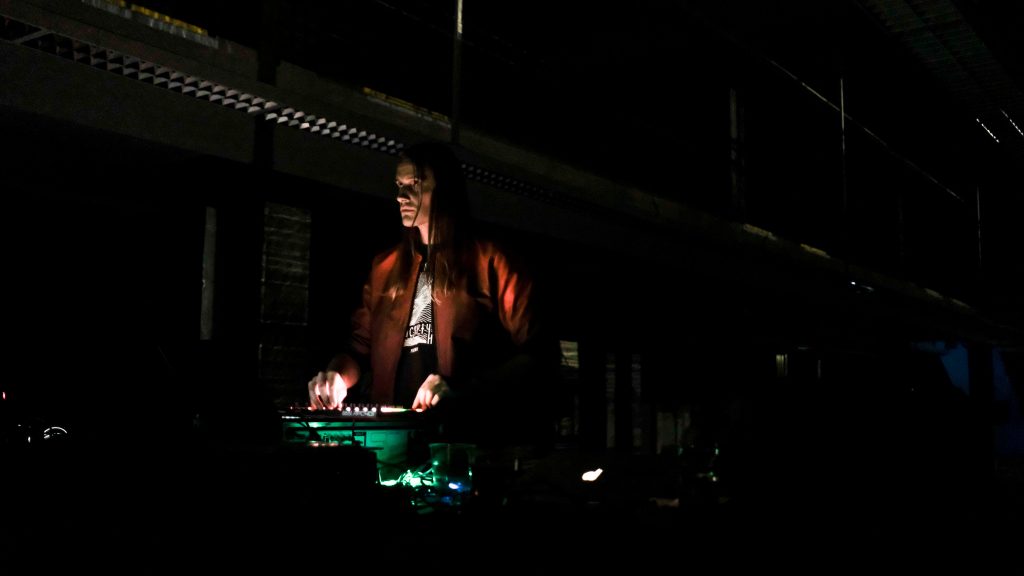
The event also strived to provide a historical context for the contemporary activities it showcased, as well as cities in which we had chosen to work. We were very fortunate to welcome artist-researcher Darko Fritz, who provided a survey of vector-related works from the New Tendencies art movement, which was born in Zagreb and saw its most important exhibitions and publications come together there. And in Ljubljana, the artist and curator Ida Hiršenfelder presented a wonderful overview of Slovene computer art during the Yugoslav era, extending from the 1960’s to the 1980’s. Each of these talks was intended to provide a local artistic frame of reference for the visiting foreign participants, however much of the material was also new to many – in particularly the younger generation of – local audience members as well.
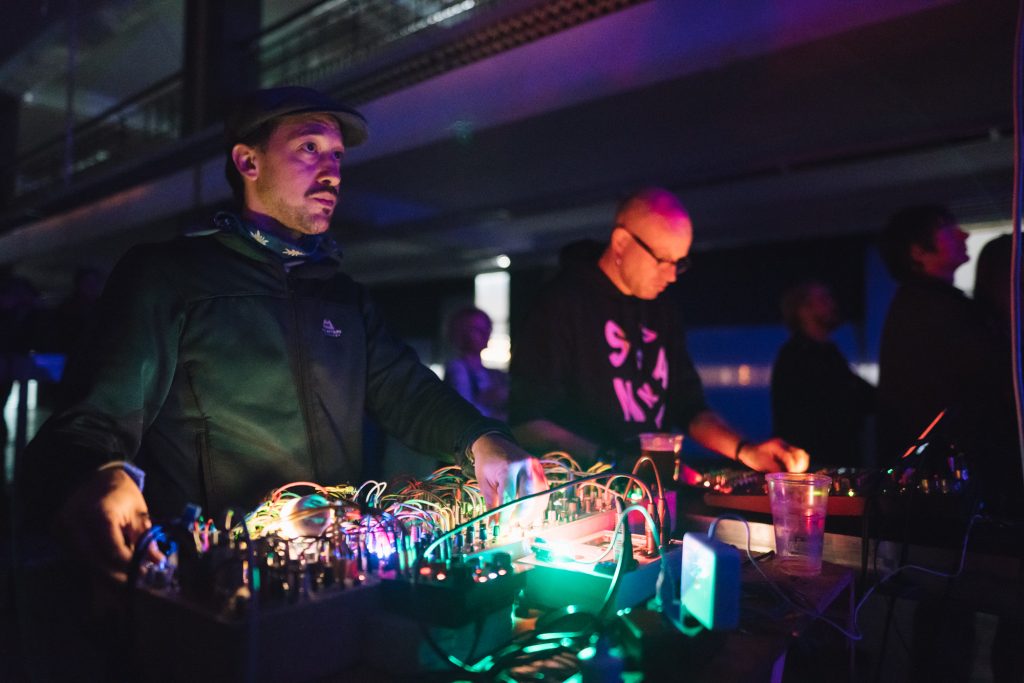
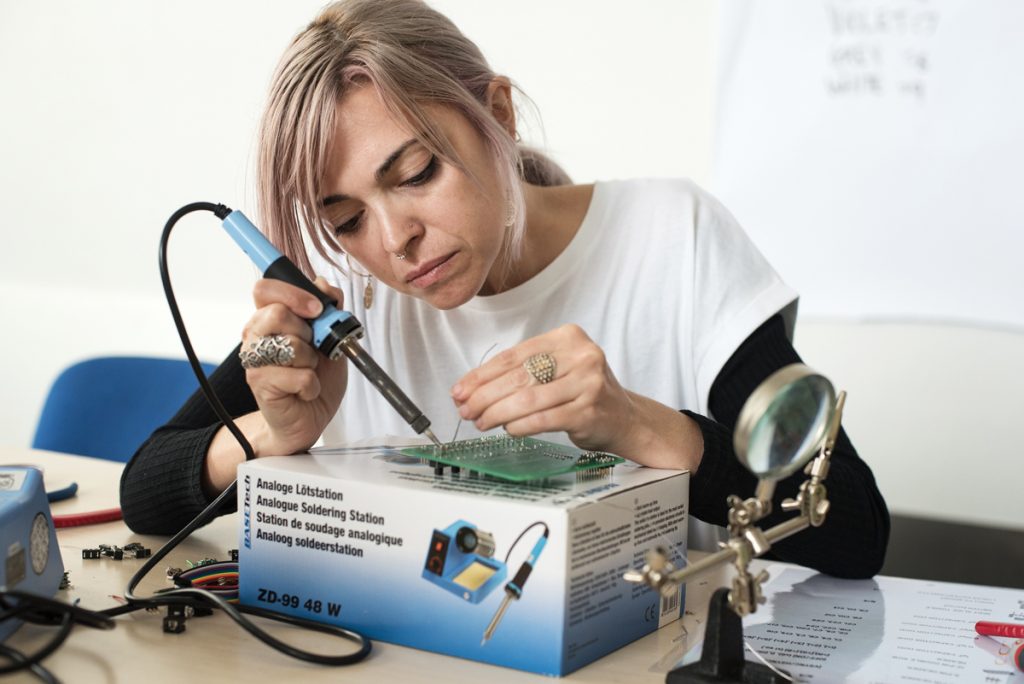
From there, other keynote presentations dug into various particular technologies and their historical applications both in and outside of the art world. Rekveld set out an impressive display of early mechanical and electronic devices used to create physical analogies of real-world phenomena to provide real-time simulation and interaction for scientific and industrial engineering applications, while I gave a window into my own research on the military development of computers as a means of simulating, predicting, controlling, and eventually annihilating unknown ‘others’, and where the legacy of these origins might be found in contemporary computer graphics. Researcher Stefanie Bräuer focused on a very specific historical setting, namely the use of technologies such as oscilloscopic and stereoscopic imagery in the 1950’s films of Mary Ellen Bute, Hy Hirsh, and Norman McLaren which she described as marking a change in focus from mechanical to electronic means of image production in experimental cinema, while Chris King sought to bring together the developments of mechanical drawing machines with concurrent and subsequent experiments in video synthesis and vector graphics.
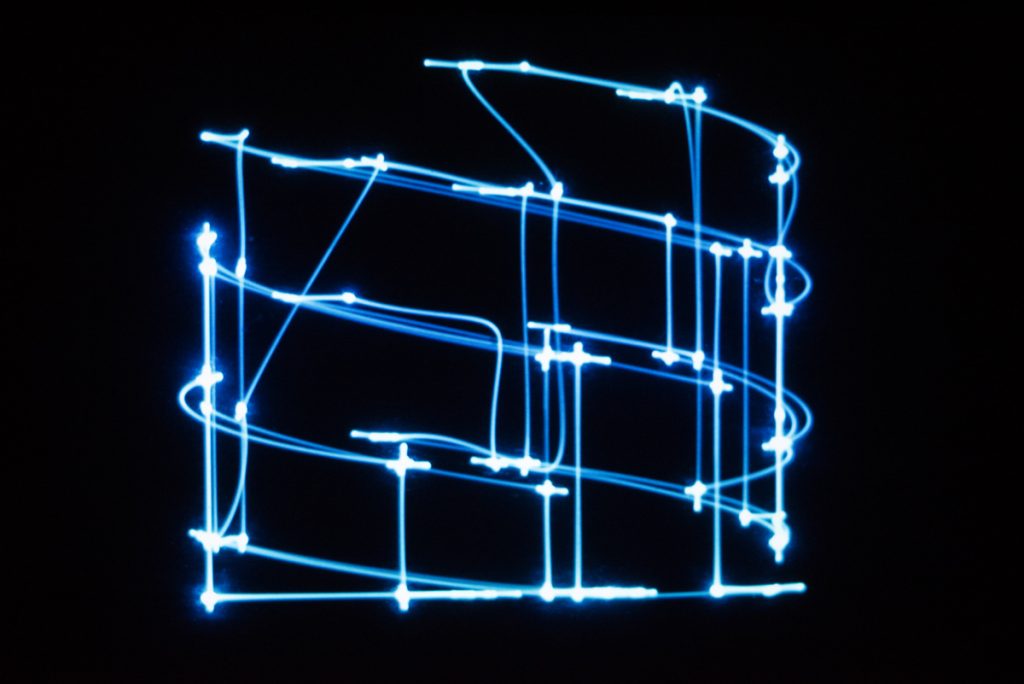
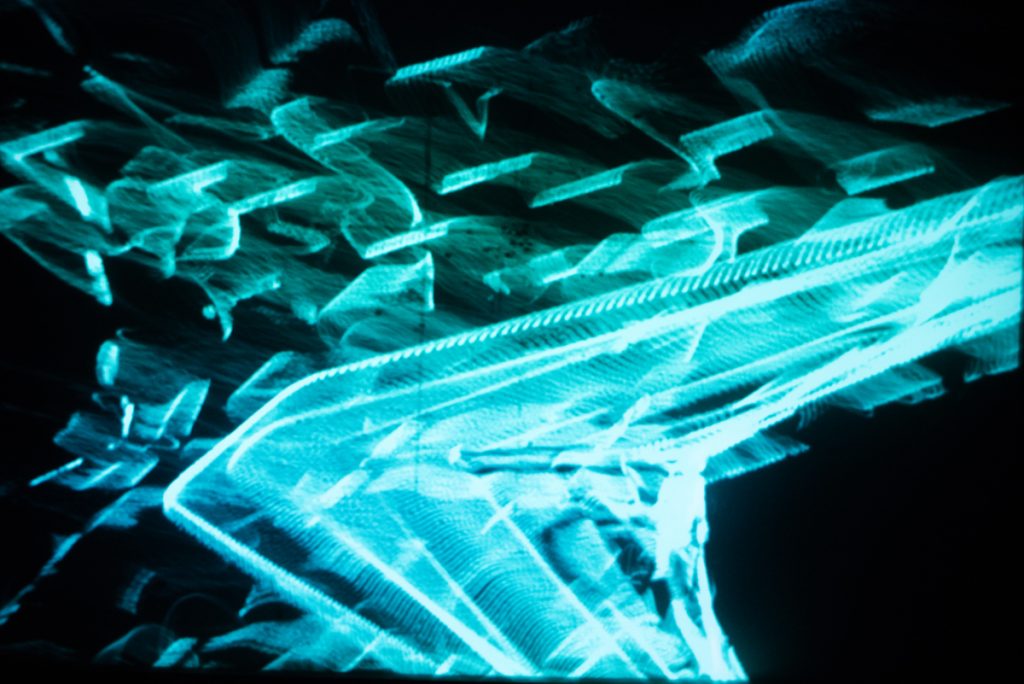
The majority of participants who gave workshops or talks, as well as laser artist Alberto Novello who could only join us for the last evening, also made performances demonstrating their self-made systems for a public audience. However, for me the most exciting moments lay in the new configurations and collaborations which sprang up during the festival. The first of these collaborations was a sublime conversation between the ethereal sounds of Hrvoslava Brkušić and the geometric vectors of Douglas Nunn in Zagreb. This was closely followed by a completely spontaneous shared set by laserists Rasinger and Henke which illuminated the architecture of the Technical Museum hall with such power that I felt I could still see afterimages in the room the following day. Of note was the contrast between Henke’s usual precision-high-tech approach, which he discussed just that afternoon as originating from the need to be taken seriously within the world of large-scale audiovisual installation and performance, and the relaxed, ‘dirty techno’ improvisational style he easily returned to for his duo with Rasinger in the evening of the same day.
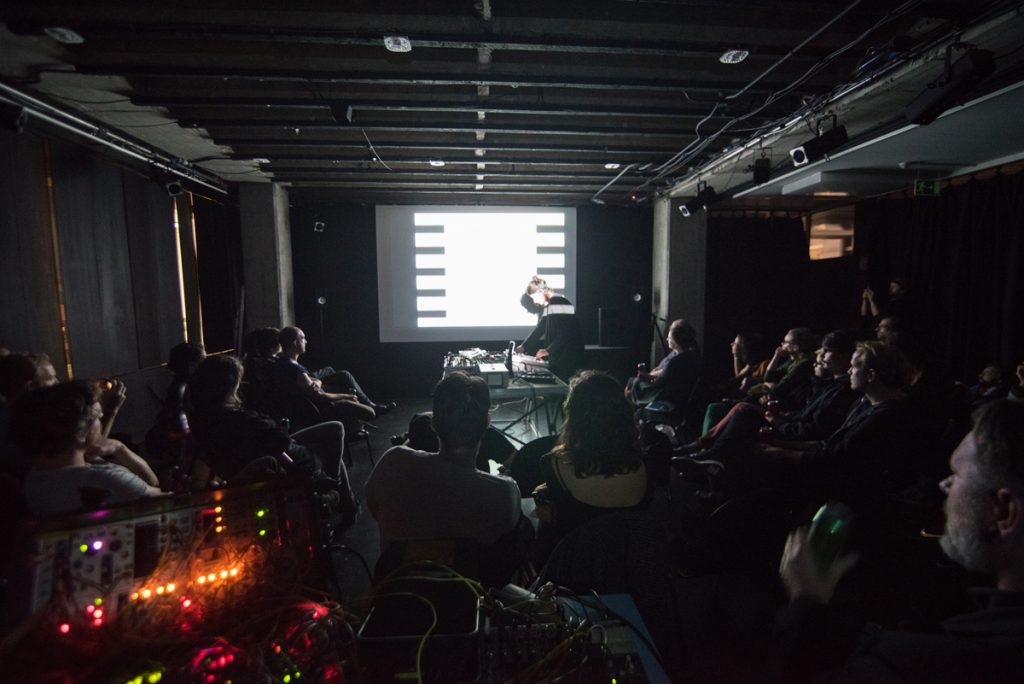
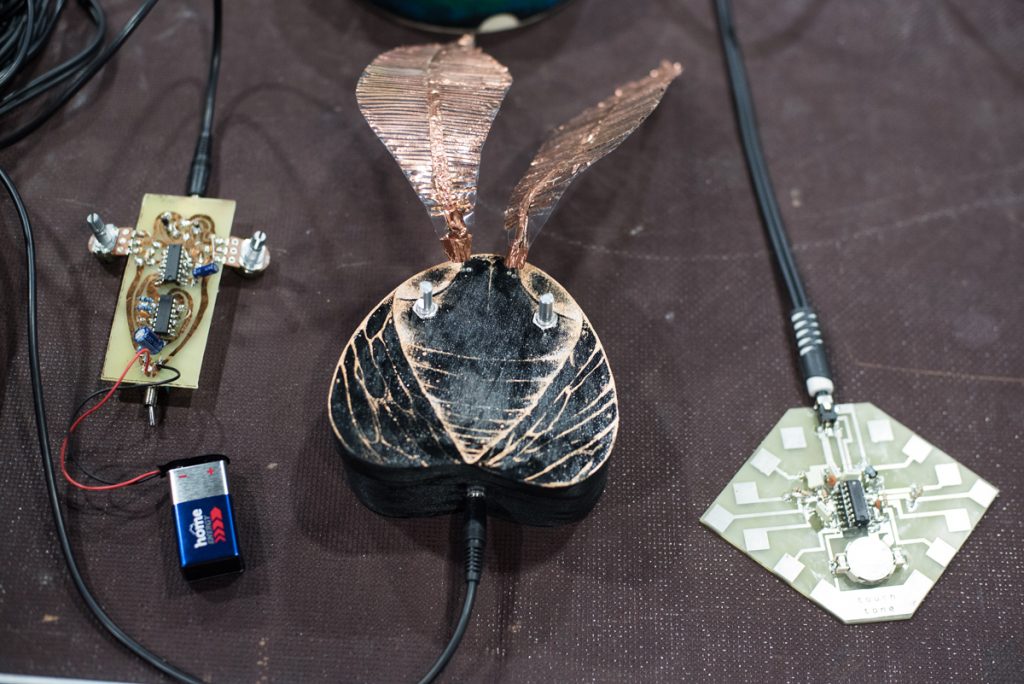
Later on, in the more intimate settings of Osmo/za in Ljubljana, we focused on what we had been calling ‘workgroups’ throughout the festival. These workgroups were envisioned as a way of inviting young, local artists to interface with vector and video synthesis techniques for the first time and explore them towards the goal of an informal performance at the end of the festival. We took the extra step of inviting only women to these groups as a way of counterbalancing what I saw as a serious deficiency in female performers in our festival lineup, and of nurturing them into the larger scene of audiovisual vector artists from which we drew our international participants. Croatians Brkušić, who shared the stage with Nunn in Zagreb, and Vanda Kreutz, who presented an inspired solo improvisation arising from her meeting with the LZX Vidiot synthesizer, were joined in the workgroups by members of the Slovene noise collective Kikimore, which was founded in 2016 in Ljubljana out of an initiative focusing on the activities of women in the area of science, technology, and media art. I had given them a basic demo of the Vector Synthesis patches during a residency in Ljubljana in July 2017, and their enthusiastic response guarenteed that I would remember them when we began considering who we might invite. From their collective, Staša Guček took a masterclass in the art of audio-reactive video mixer feedback from Bers, and the trio of Sara Mlakar, Nina Orlić, and Barbara Poček ran the chaotic, noisy signals from their lovingly-handmade electronic sound devices into the laser system of Rasinger, laughing the entire time.
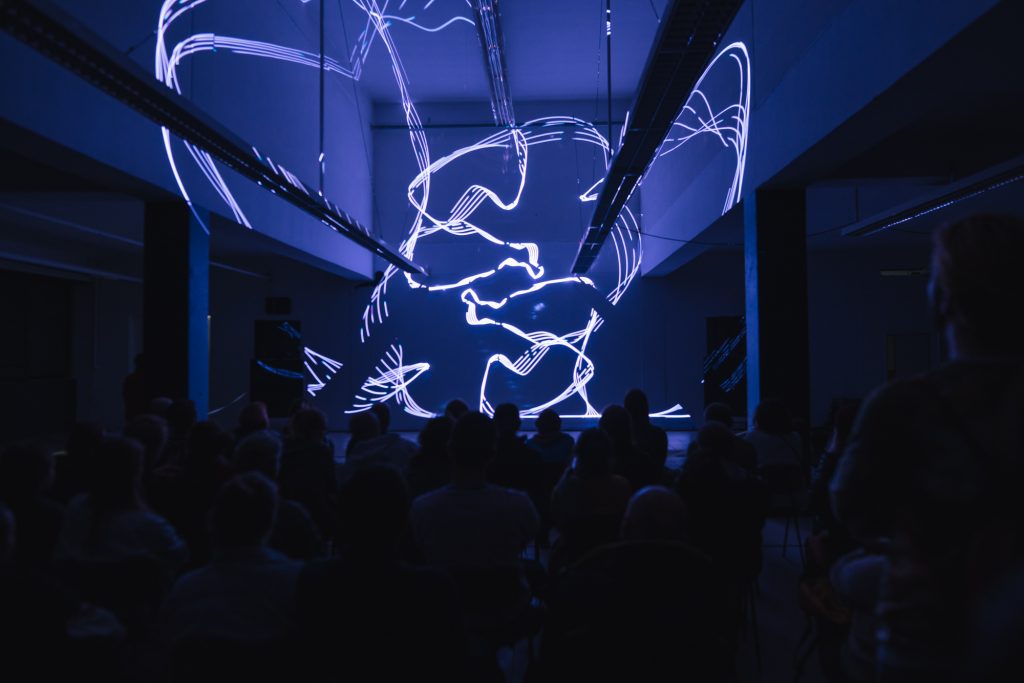
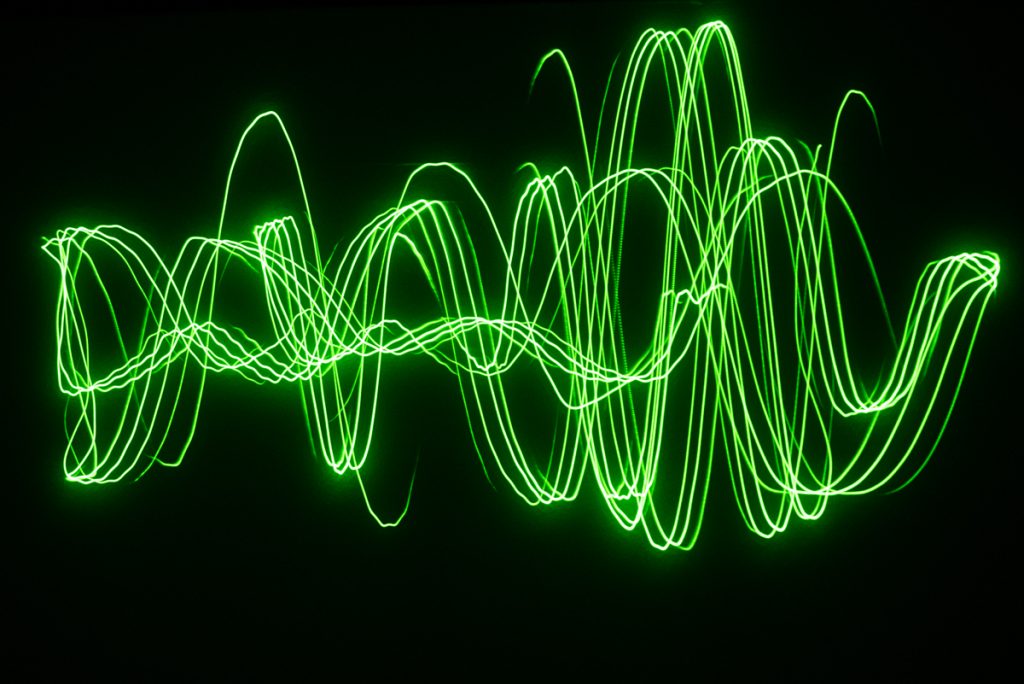
Moments such as these workgroup performances went a long way towards fulfilling the community-building goal Klif and I set out during our first conversations, as well as towards that of bringing new artists into this community with an enthusiastic welcome and a wealth of new inspiration. After reading a draft of this post, Jonas Bers pointed out to me how all the participants very quickly got involved in the aspects of community building ‘behind the scenes’ so to speak, by debugging each others’ code; adding features to their own systems by request; loaning, teaching, troubleshooting, repairing, and modifying hardware; donating printed circuit boards; coordinating workshops; creating content for one another; and actively maintaining contact after the event ended. Once the video documentation of the talks and performances are online, we hope that the discussion they stimulate will grow even larger and more inclusive of radically different approaches to the medium. Our next ambition is to organize a followup to this event, perhaps in 2020, which I would like to see go further in directions we only touched on in this edition, i.e. more female participants, more participants from outside Europe, more participatory and entry-level workshop situations for local and visiting artists, a deeper look into different approaches to the laser display from both the established professional and experimental artistic sides, a focus on the currently burgeoning field of digital plotters and mechanical drawing devices, and a new round of media archaeological excavations into the hidden histories of vector technologies and the arts created by them.
–Derek Holzer, Helsinki, 25 DEC 2018
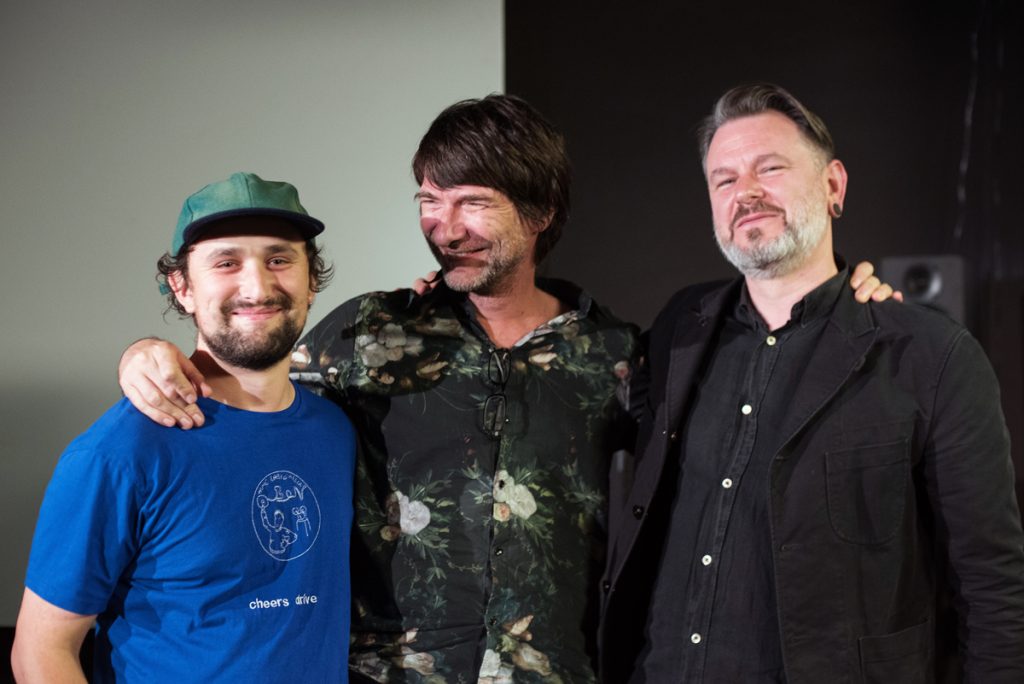
Great summary of a truly inspiring and fun! conference. You, Chris and Ivan did an awesome job here. Thank you! r.